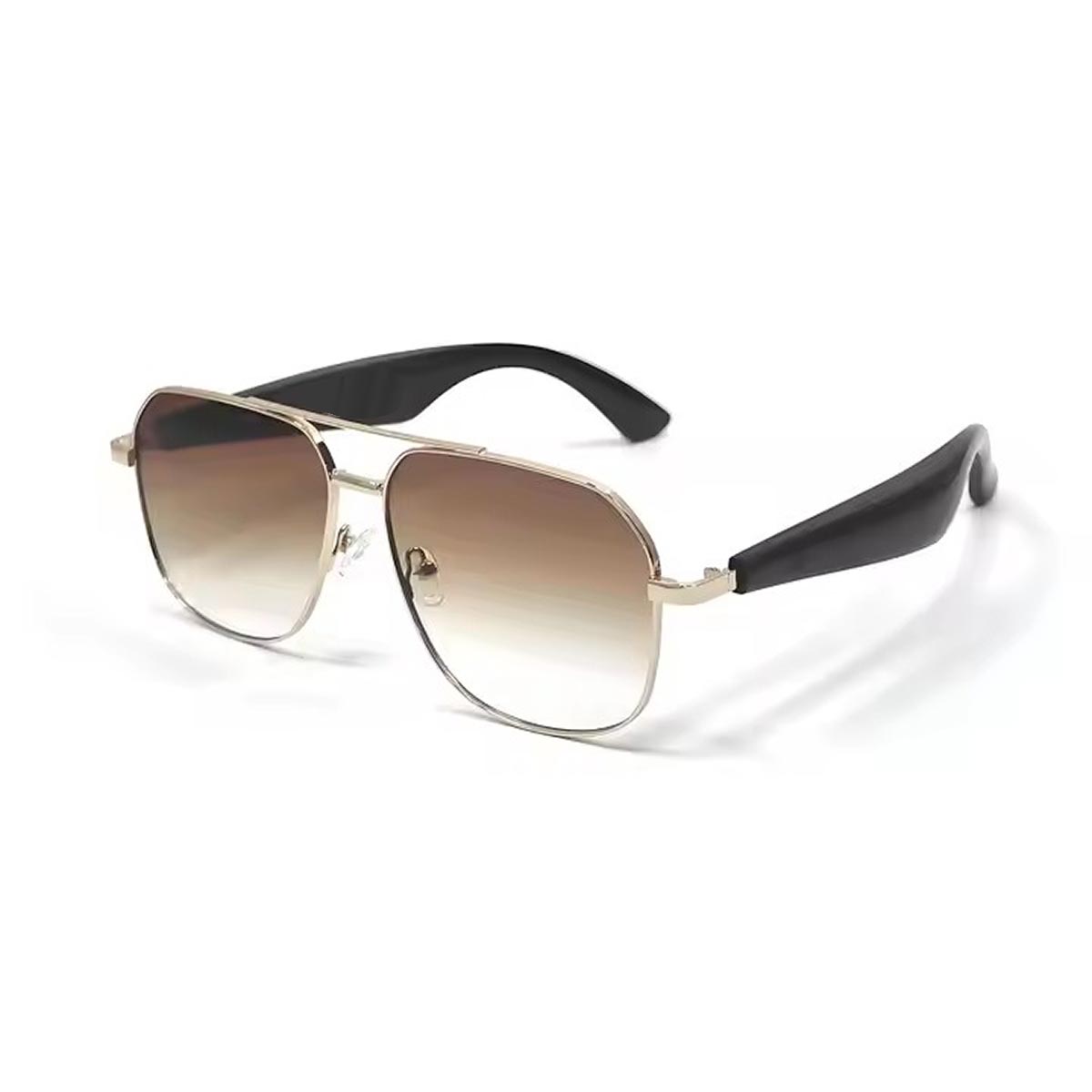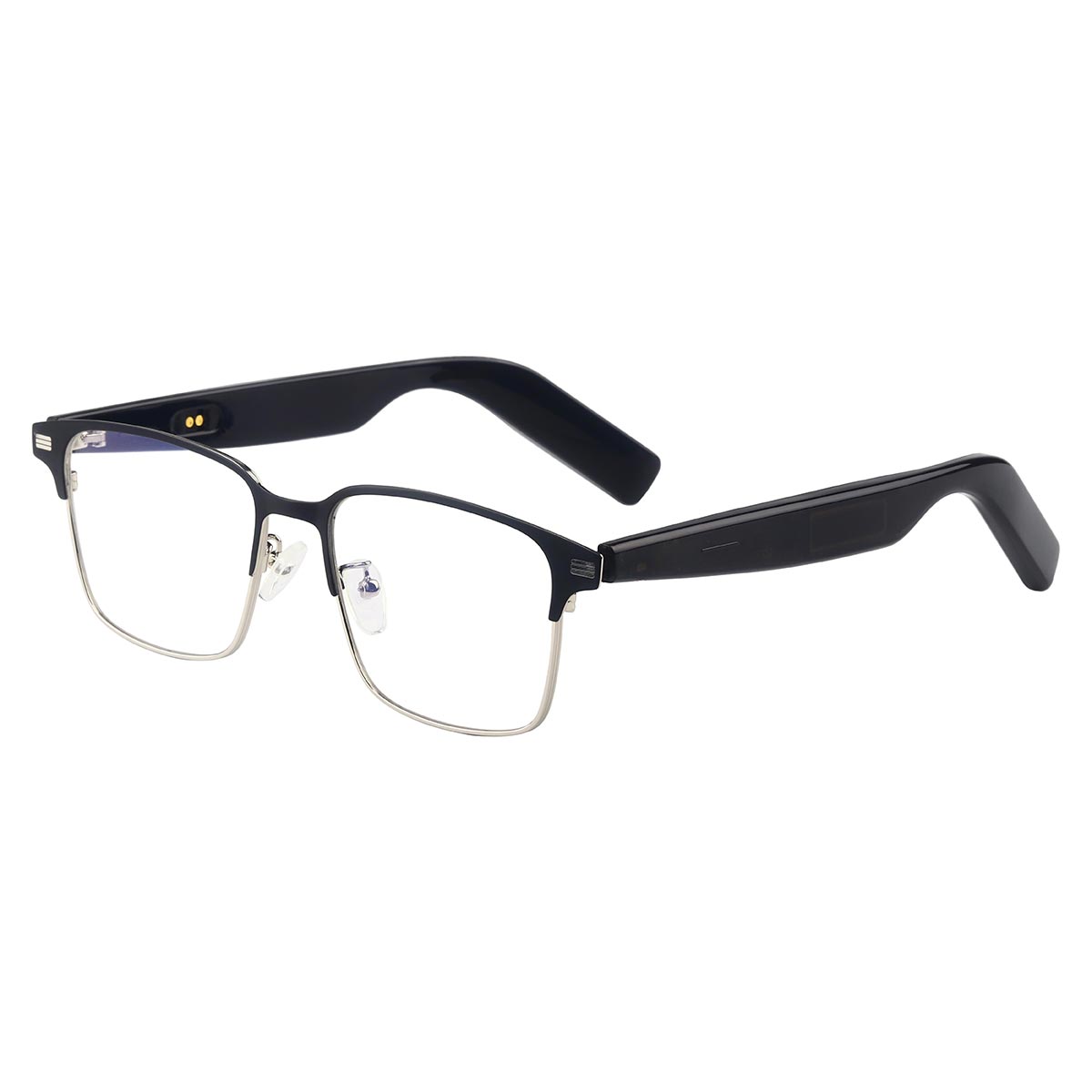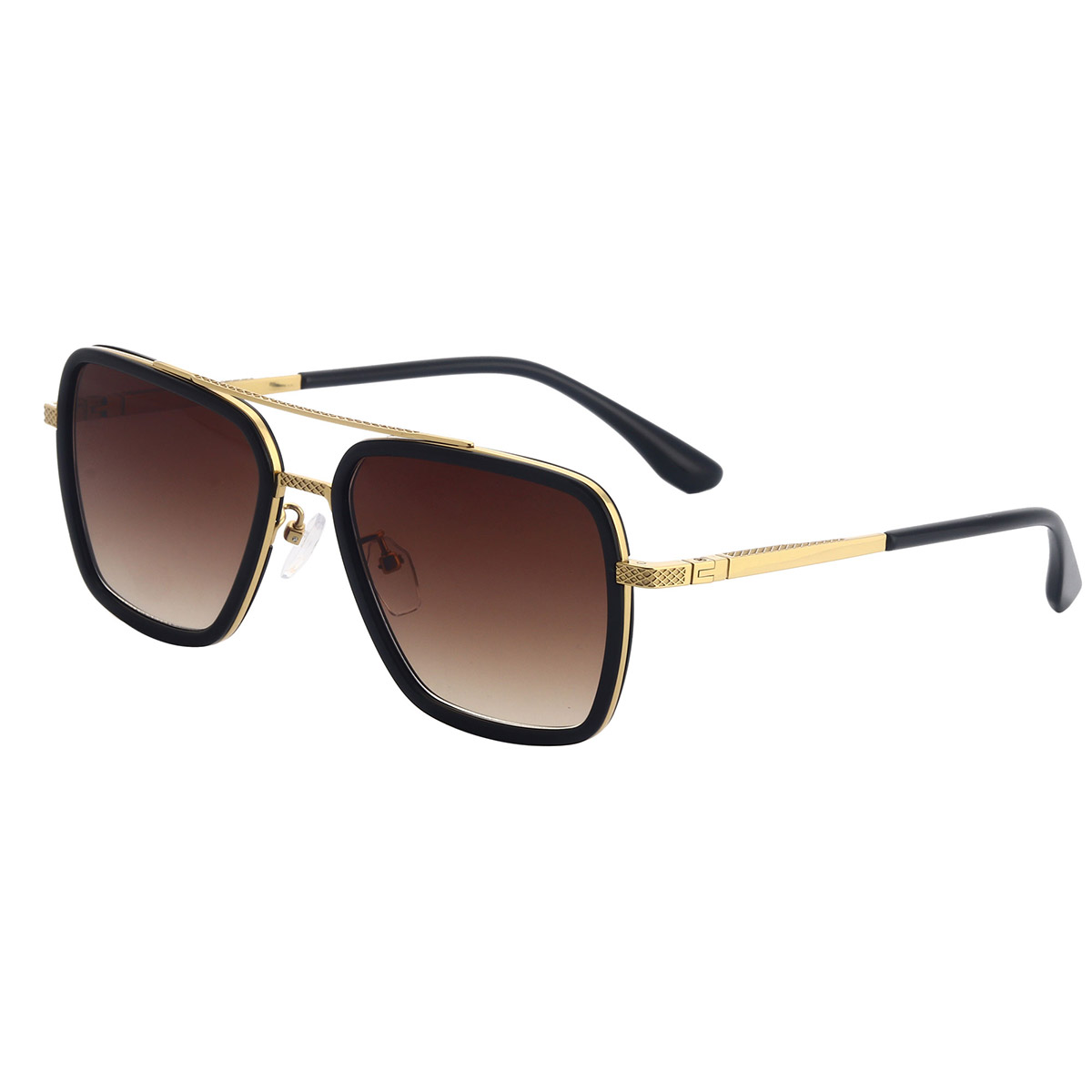Q: What is the basic definition and core functions of smart glasses?
A:
Smart glasses represent a class of wearable devices that integrate advanced computing power and optical display technology to provide a seamless digital interactive experience.
Core functions include real-time information overlay display, environmental perception and interaction, and visual enhancement through micro-projection systems.
These devices support voice control, gesture recognition, and biometric monitoring, enhancing user convenience and efficiency in daily activities.
Within a sustainability framework, the design of smart glasses must consider material selection and lifecycle management to reduce resource consumption.
Q: What are the key elements of the operating principles and technical foundation of smart glasses?
A:
The technical foundation relies on a micro-optical engine and a sensor array, including accelerometers, gyroscopes, and ambient light sensors, to accurately capture user movements and the surrounding environment.
The data processing unit, using a low-power processor, executes algorithms for real-time rendering and information fusion, ensuring a smooth augmented reality experience.
The wireless communication module supports Bluetooth or Wi-Fi connectivity, enabling seamless data synchronization with external devices and reducing the need for redundant hardware. From a sustainable development perspective, technological applications emphasize energy-saving design, such as optimizing power management to extend battery life and thus reduce waste generation.
Q: How do smart glasses demonstrate their potential in industrial applications?
A:
In healthcare, smart glasses provide real-time diagnostic assistance and remote collaboration tools, enhancing the efficiency of medical professionals while reducing reliance on paper resources.
In industrial manufacturing environments, devices support visual guidance and quality monitoring, improving production line safety and reducing the risk of human error.
In education, smart glasses enable interactive learning modules, enriching the teaching experience with virtual elements and promoting efficient resource utilization.
Zhejiang Qiliang Optical Technology Co., Ltd.'s sustainable corporate philosophy can promote the implementation of these applications, for example, by selecting environmentally friendly materials to ensure the long-term durability and recyclability of end products.
Q: How do smart glasses integrate sustainable development to reduce environmental impact?
A:
In terms of material innovation, biodegradable or recycled plastic components are prioritized to reduce the pressure of production waste on ecosystems.
In energy-efficient design, low-power screens and smart standby modes are integrated to reduce overall energy consumption, thereby indirectly reducing carbon emissions. The lifecycle management strategy encompasses the entire process from manufacturing to disposal, including modular design to facilitate repair and upgrades, extending product lifespan.
Zhejiang Qiliang Optical Technology Co., Ltd.'s commitment to environmental protection is reflected in its optimized production processes, such as implementing clean energy drive and resource recycling systems to ensure that smart glasses manufacturing meets green standards.
Q: How does Zhejiang Qiliang Optical Technology Co., Ltd. promote the sustainable development of smart glasses through its own practices?
A:
The company is committed to building a corporate culture centered on health, safety, and environmental protection, which is integrated into all aspects of smart glasses R&D and manufacturing, such as rigorously selecting non-toxic and harmless raw materials.
Investment focuses on reducing environmental impact by introducing advanced emission reduction technologies and water management systems to protect the integrity of natural resources.
Carbon emission control strategies in the production process include optimizing supply chain logistics and using renewable energy to minimize the carbon footprint of each pair of smart glasses.
The overall development path focuses on long-term sustainability, promoting the smart glasses industry's transition to a low-carbon economy while maintaining ecological balance and social responsibility.

 Search
Search EN
EN English
English Deutsch
Deutsch Français
Français Español
Español italiano
italiano cn
cn jp
jp kr
kr














